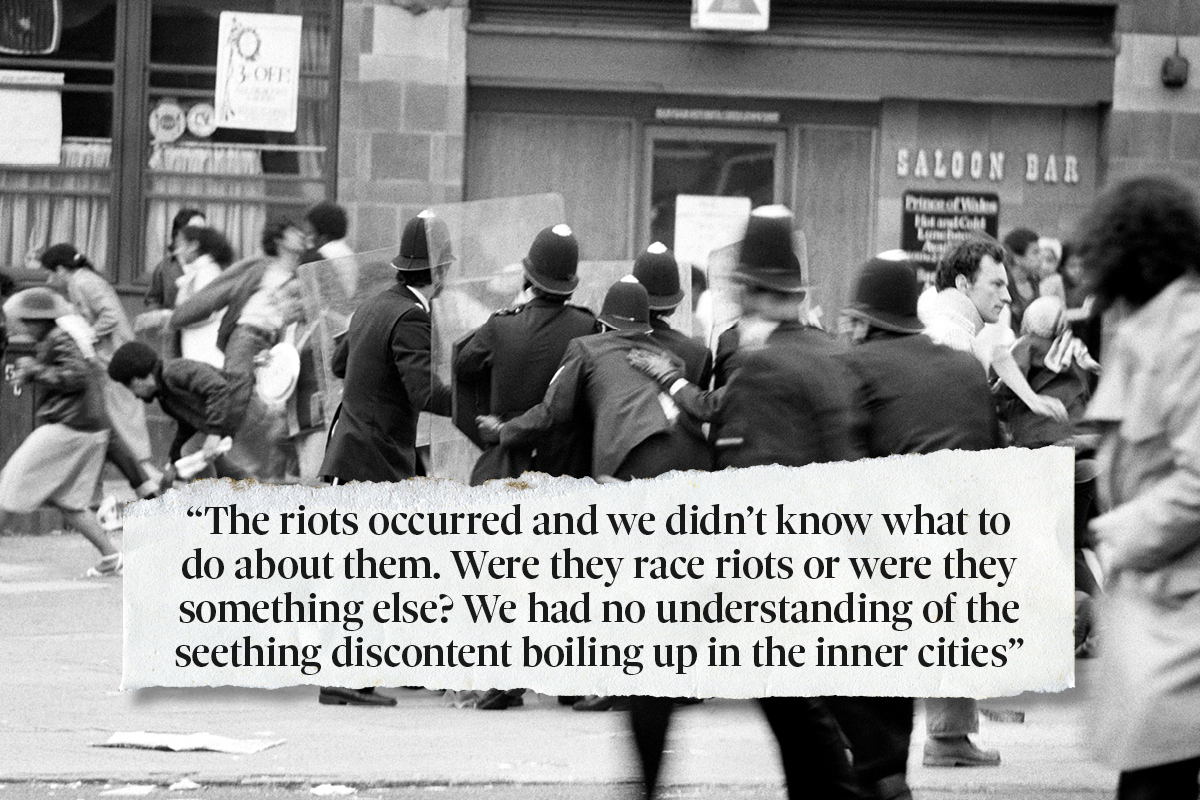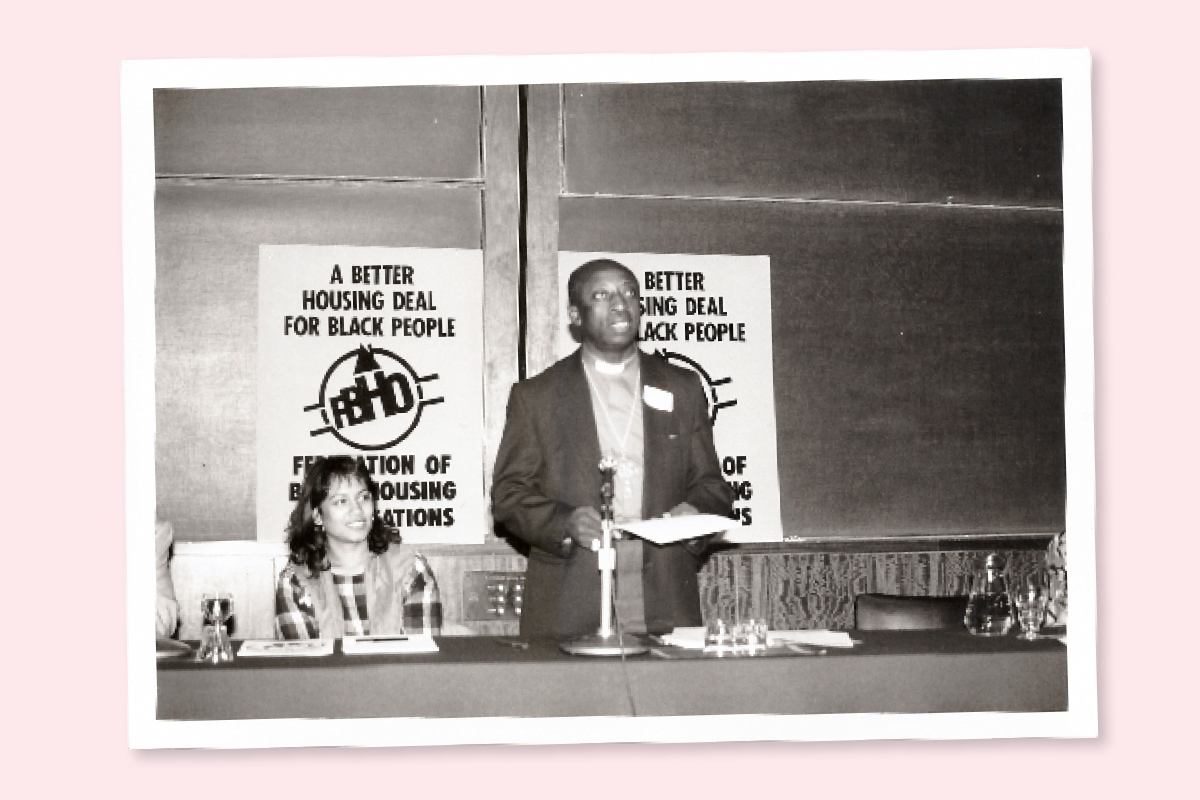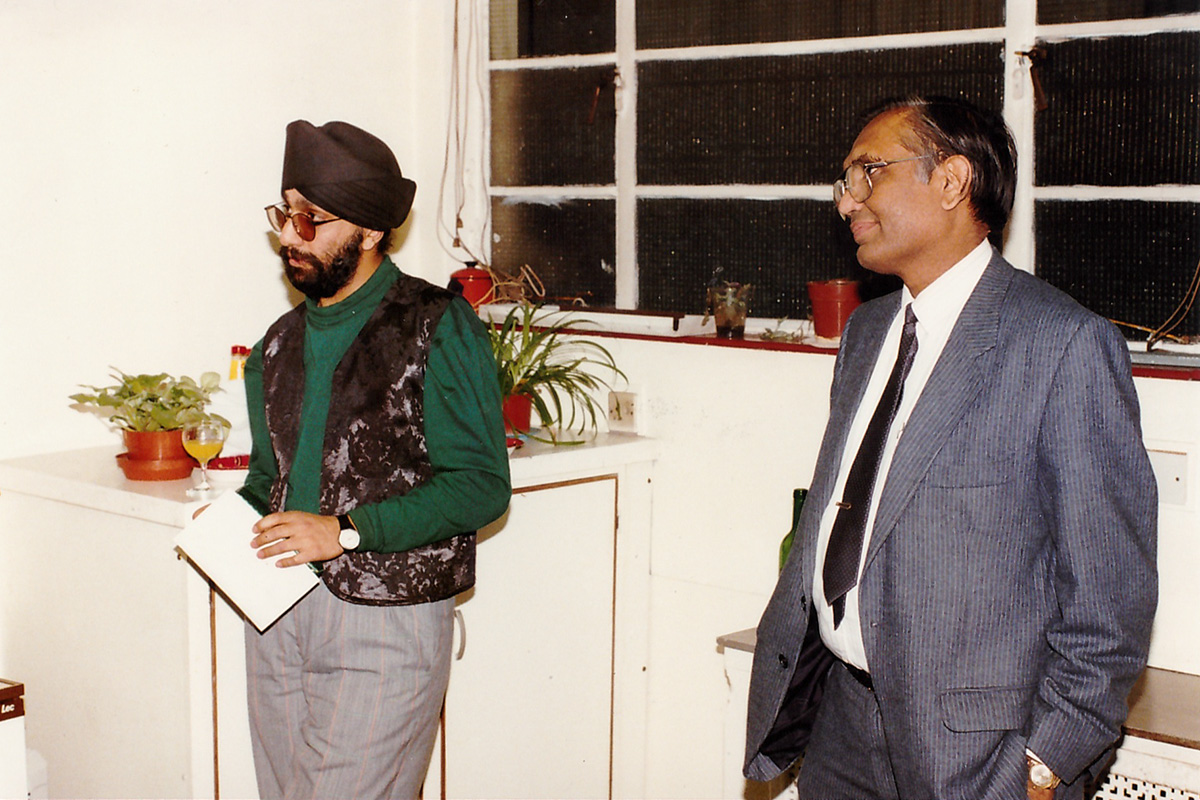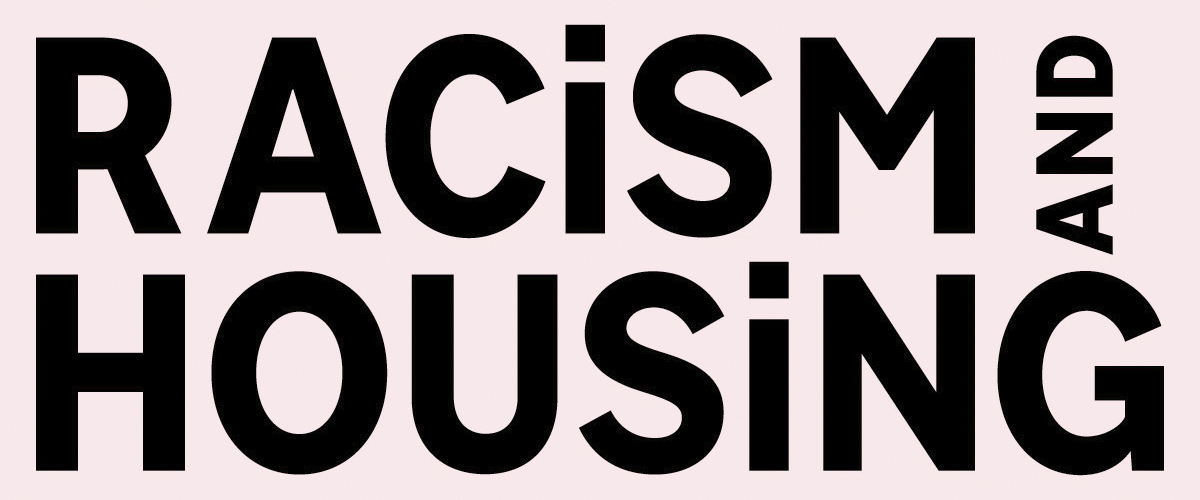You are viewing 1 of your 1 free articles
Black History Month: political lobbies for change
In the third extract from her book shared exclusively with Inside Housing, Elaine Bowes explains how at the same time as Black and minority ethnic housing associations were being set up, these organisations and a range of other groups were lobbying for change
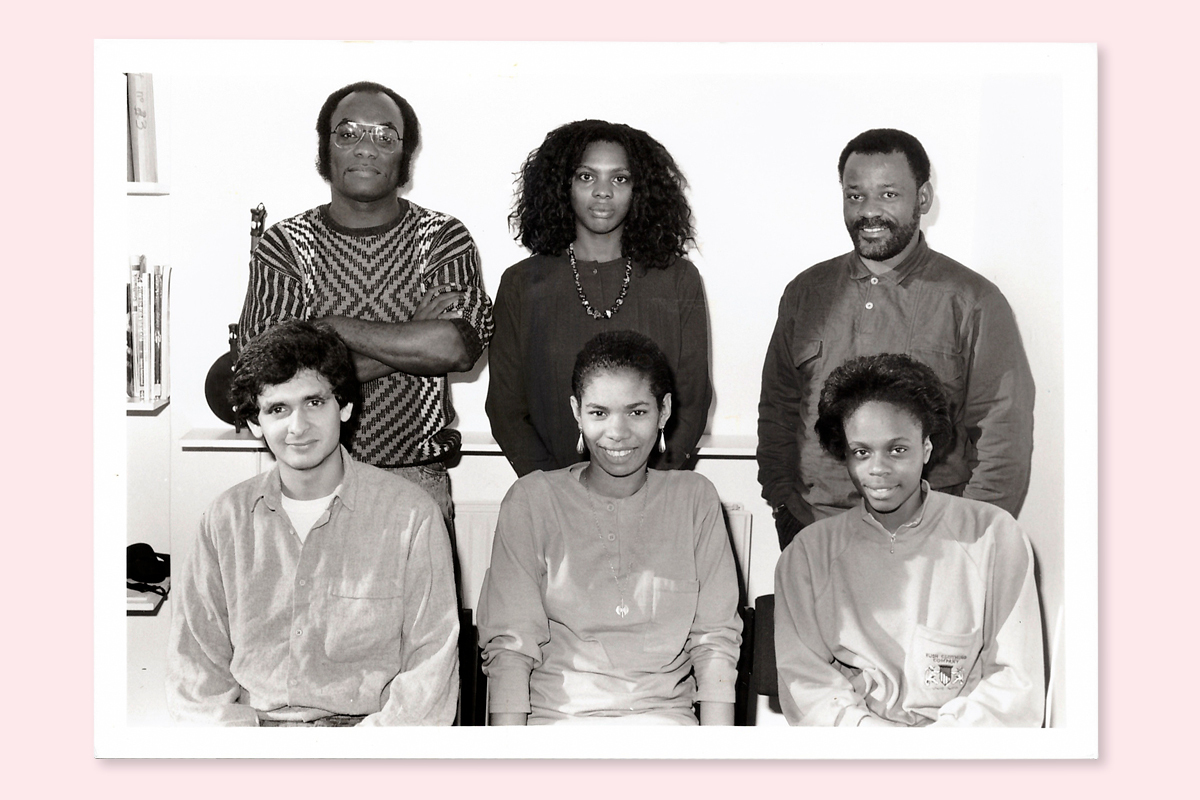
This is the third extract from Elaine Bowes’ book, which has the working title The Development of Black Housing Associations – a marriage of community anger, moral response and organisational focus.
Click here to read the first book extract
Click here to read the second book extract
The GLC Anti-Racist Housing Working Group
The Greater London Council (GLC) announced 1984 as Anti-Racist Year, and facilitated a number of working groups to address racial inequalities in the city as part of this initiative. The Anti-Racist Housing Working Group bought together a number of individuals and organisations concerned with racial inequality in social housing.
A powerful and creative partnership was established. According to Richard Seager, who was then head of the GLC’s race and housing team and convenor of the group: “It came together in a sporadic way… it was an odd mix of people but it jelled.”
The Anti-Racist Housing Working Group flourished for about two years. During that time it was able to address a number of issues around discriminatory practices in social housing.
Dr Nazia Khanum, who was a member of the group and the head of Tower Hamlets’ race and housing team, was instrumental in the commissioning of a research study into housing management practices in the borough.
What Price Equality, by Dr Deborah Phillips, examined the allocation policies of the council and the reasons for the “unbelievably high” levels of racial harassment that were occurring in the borough at the time. The report also disclosed the prejudiced attitudes of housing officers, which were “staggering”, Dr Khanum recalls.
The Federation of Black Housing Organisations
One of the most important examples of Black activism and pressure within the housing association sector was the Federation of Black Housing Organisations.
In the early 1980s, the manager of a hostel for homeless Black youth in Reading set up a forum for colleagues working in the same field, to combat the discrimination and exclusion faced by young Black people. The group of hostel workers began meeting regularly and soon other Black workers in housing joined their number.
Louis Julienne, who initiated the forum, originated from Liverpool 8 and as a result of his work there, knew all too well the impact of police harassment, discrimination and exclusion on Black youth – low self esteem, dependency on the state and/or criminality. His personal objectives were “self-determination, independence and advancement for Black and minority ethnic people’’.
By 1983, the forum of hostel workers had expanded to include not only other Black and minority ethnic people working in housing, but also one or two of the early Black-led housing associations and other organisations concerned with tackling racial inequality in housing. In the same year, the forum formally established itself as the Federation of Black Housing Organisations (FBHO), with Mr Julienne as its director.
At that time, the FBHO’s central concerns were around the promotion of an independent Black housing sector and the involvement and advancement of Black and minority ethnic people who were working (voluntary or otherwise) in the social housing sector. The early leaders of the FBHO were founding members of black and minority ethnic housing associations.
“The rationale was that these organisations could better respond to the needs of their communities, [and] would provide a vehicle for the employment and development of Black people within the housing association sector”
The FBHO’s first chair, the late Jack David, was a founder member of Harambee Housing Association in Birmingham, which later became Handsworth Single Homeless Housing Association. Its second chair, Tony Soares, had founded Ujima in London. Under the stewardship of these two men, the FBHO began to formulate a constructive and coherent argument for the promotion and establishment of housing associations controlled by Black and minority ethnic people.
The rationale was that these organisations could better respond to the needs of their communities, would provide a vehicle for the employment and development of Black people within the housing association sector, and critically, associations controlled by Black and minority ethnic people would bring independence and empowerment to those communities.
According to Leslie Laniyan, an active member of the FBHO who later became its fourth chair: “We were professionals in the sector. We knew the system and we knew the issues that faced our people. There was such commitment, passion and energy… we just wanted to make a difference for our communities.’’
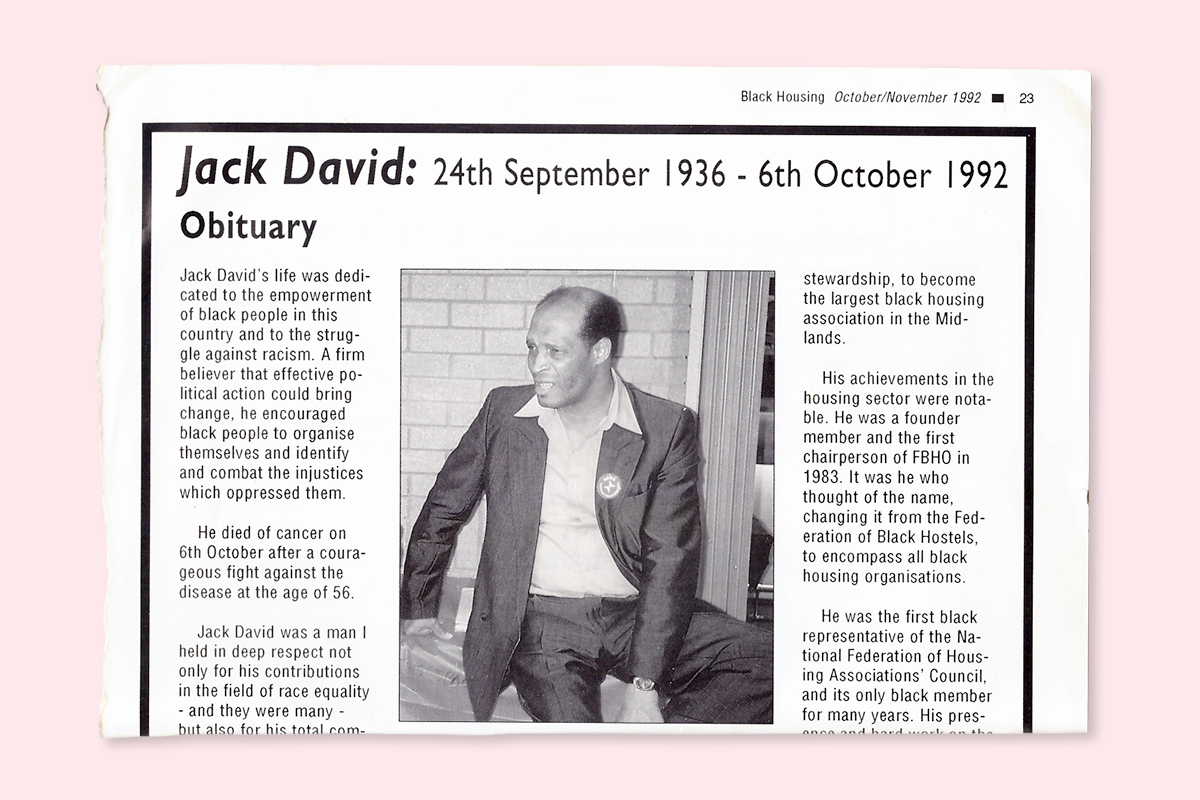
The FBHO also spearheaded the development of positive action training in housing (Path). The model for Path was Merseyside Skills Training (MST), a charitable organisation established in 1983 with the objective of providing professional, administrative and technical training for Black people over 19 years old. MST’s first scheme provided trainees in social housing with placements at eight local housing associations.
Mr Julienne had developed a close association with MST, and saw that there was considerable scope for the expansion of positive action training in social housing. The first Path scheme started in Yorkshire and the model (and name) was soon replicated in Bristol, the East and West Midlands, London and Manchester due largely to the efforts of the FBHO.
“There is little doubt that the FBHO played a pivotal role in the establishment of a ‘black housing association movement’, and the significant expansion of positive action employment initiatives across the housing association sector”
The FBHO was a vibrant pressure group, with tremendous energy, drive and vision. But, as with many voluntary organisations, it never secured consistent core funding. Cash was always an issue, which, in its later years, affected its ability to pursue its objectives strategically.
The FBHO’s raison d’être was the establishment of housing associations controlled by Black and minority ethnic people. When the Black housing association sector became established, the FBHO was no longer seen as relevant. However, there is little doubt that the FBHO played a pivotal role in the establishment of a ‘black housing association movement’, and the significant expansion of positive action employment initiatives across the housing association sector.
The Black Caucus
The Black Caucus evolved from within the membership of the FBHO, as a challenge to the FBHO’s leadership. During the late 1980s, some members began expressing concerns that the FBHO was not addressing issues of ethnic and gender representation on the management committee, and that the lobbying style the leadership had adopted would not be effective in the longer term.
The Black Caucus established itself on the principle that, in order to ensure its complete independence, it would not seek any public funding, except for the commissioning of specific pieces of work. The Sting in the Tail by Michael Hajimichael, a study of the discrimination and exclusion experienced by Black and minority ethnic people employed in housing associations, is one example. The caucus’s running costs were financed by the membership.
According to founding member Mhoni Gujral, the caucus had four main aims:
- To challenge the Housing Corporation on racial equality
- To influence the NFHA
- To deal with racism in the sector
- To give Black people in the movement a voice
There was some controversy over the establishment of the caucus, because there were fears that it would duplicate the role of the FBHO. However, there was clearly space for its lobby.
The Sting in the Tail was important as an early examination of the position of Black people in housing associations. The caucus finally evolved into the NFHA’s Race and Housing Standing Group, where it was able to exert influence on the opinions and attitudes toward racial equality in the sector. In its short life, the caucus achieved its major objectives.
Racism and Housing series
Inside Housing’s Racism and Housing series aims to investigate how race inequality and racism interact with and impact on housing – for tenants, for staff working in housing, and for organisations. It has been launched a year since George Floyd’s murder prompted a huge global wave of Black Lives Matter activism.
We will be publishing monthly investigations that look at racism, race and housing, both in terms of what is going wrong, and what actions that sector is taking to address this.
If you have an idea for a story relating to this campaign, please contact deputy editor (features) Jess McCabe, at jess.mccabe@insidehousing.co.uk.
The stories published so far include:
‘We had to abandon everything’: the story of Chan Kataria and the flight of the Ugandan Asians
Race and the cost of living crisis: the impact on social housing tenants
How to create an inclusive housing association: a conversation with Bal Kang
How Cardiff landlords are tackling under-representation
Why has diversity progress stalled?
How racism impacts homeless people
How planning is failing to address race inequality in housing
Race and allocation: who are the new tenants getting social housing, and is it equitable?
How to increase representation of ethnic minorities in senior roles
How race impacts on people’s likelihood of living in a damp home or experiencing fuel poverty
